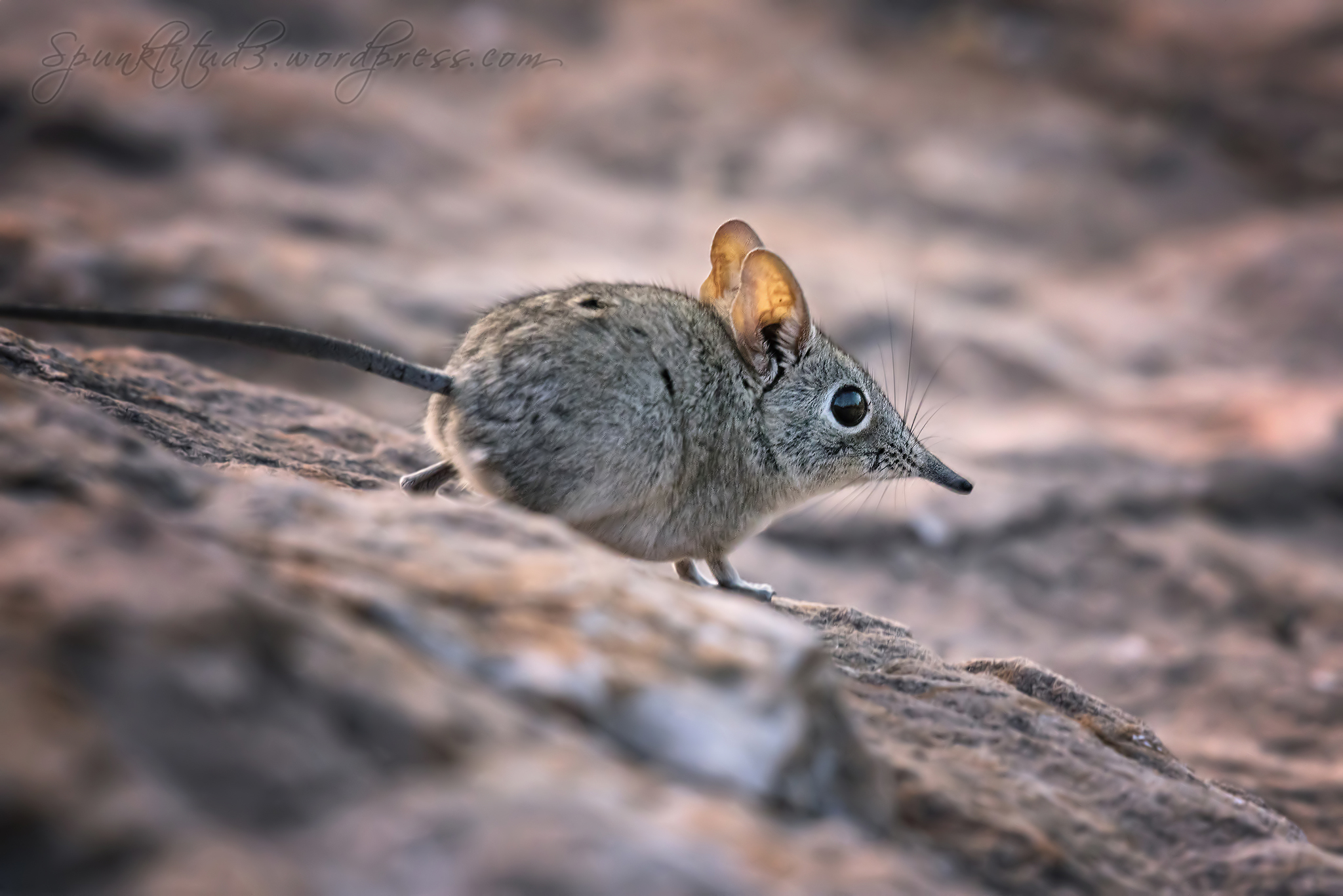 Me: Oh, so this little mouse-like creature is called a Sandshrew?
Me: Oh, so this little mouse-like creature is called a Sandshrew?
My pal Kai: Err, it is actually called an Elephant Shrew. Sandshrew only exists in Pokemon Go.
Me: Oopsie! :p
“Confessions of a Pokemon Go-holic” at Mamagua, Mashatu Game Reserve in Botswana
The elephant shrew (also called sengis) are represented by a single family, the Macroscelididae, with all 19 living species found exclusively in Africa. The cute little mammal gets its name from the long, pointed head and very long and mobile trunk-like snout. While they look like mice, the elephant shrew is more closely related to a group of African great mammals that includes elephants, sea cows, and aardvarks.
Smaller elephant shrew species like this one are found in the uplands of Southern, Eastern, and Northwestern Africa in dry forests, scrub, savannas, and open country covered by sparse shrubs of grass, while the larger four species of giant elephant shrew prefer to live in forests, closed-canopy woodlands and thickets usually in a nest made of leaf litter. The elephant shrew eats invertebrates like ants, termites, beetles, spiders, millipedes, and worms.
Elephant shrews are monogamous (yay! proud of you) and mate for life. They give birth 4 to 5 times a year. Highly territorial, they stake an area spanning a few acres. When other shrews enroach its territory, the elephant shrew behaves true to its name – they will waste no time in screaming, kicking and sparring – like a human shrew – to drive the trepasser away.
The couple do not hang out together all the time though – they go about on their own looking for food, using sent-marking to let its mate know it is still around and not gallavanting elsewhere. This musky smell also serves as a deterrent against predators such as birds of prey and snakes, as well as help to point our food sources.
The elephant shrew has been listed as a vulnerable species by the International Union for Conservation of Nature, with the loss of its habitat to urbanization being the biggest threat to their survival. Help conserve the elephant shrew.




